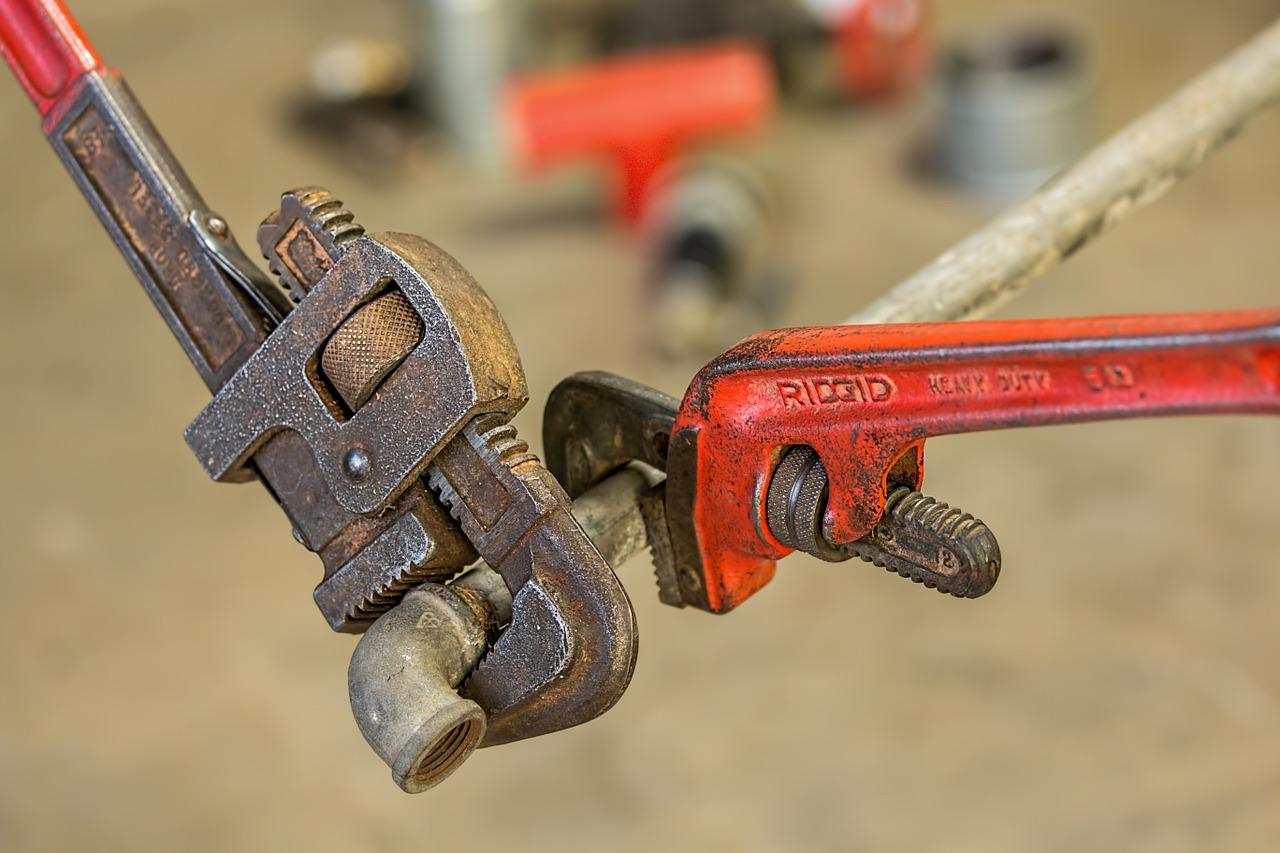Replacing a bathroom sink faucet may seem like a daunting task, but with the right tools, it can be a simple and straightforward process. Whether you're looking to upgrade your sink's style or fix a leaky faucet, having the right tools on hand is essential for a successful installation. Here are the top 10 tools you'll need to replace your bathroom sink faucet.The Necessary Tools for Replacing a Bathroom Sink Faucet
A wrench is a must-have tool for any plumbing project, and replacing a bathroom sink faucet is no exception. This versatile tool can be used for loosening and tightening nuts and bolts, making it essential for removing and installing faucet fixtures. A good quality adjustable wrench is recommended for this task, as it can fit a variety of sizes and provide a strong grip.Wrench: The All-Purpose Tool
In some cases, a wrench may not be able to reach certain areas of your faucet installation. This is where pliers come in handy. Pliers are great for maneuvering into tight spaces and providing a secure grip on smaller nuts and bolts. They also come in handy for cutting and bending small pieces of wire or tubing that may be needed for your installation.Pliers: For Tight Spaces
Most bathroom sink faucets require screws for installation, making a screwdriver a necessary tool to have on hand. Phillips and flathead screwdrivers are the most commonly used for plumbing projects, so make sure to have both sizes available. A magnetic tip can also be useful for keeping screws in place while working in tight spaces.Screwdriver: For Removing and Installing Screws
A hammer may not seem like an obvious choice for a plumbing project, but it can come in handy when dealing with stubborn faucet nuts. If your faucet is old or has been in place for a while, the nuts may be tightly secured and difficult to remove. A few gentle taps with a hammer can help loosen them, making it easier to remove and install your new faucet.Hammer: For Tightening and Removing Faucet Nuts
Caulk is an essential tool for any bathroom sink faucet installation. This waterproof sealant is used to prevent water from seeping in between the sink and the faucet, ensuring a water-tight seal. Silicone caulk is the best choice for bathroom sink installations as it is flexible and resistant to moisture.Caulk: For a Water-Tight Seal
If you're replacing an old faucet, chances are there will be old caulk that needs to be removed before installing the new one. A putty knife is the perfect tool for this job, as its flat and sharp edge can effectively remove old caulk without damaging your sink or faucet.Putty Knife: For Removing Old Caulk
As the name suggests, a basin wrench is specifically designed for working in tight spaces, such as under a sink. This tool has a long handle and an adjustable jaw, making it ideal for reaching and tightening faucet nuts in hard-to-reach areas. It may not be a necessary tool for all sink faucet replacements, but it can be a lifesaver in certain situations.Basin Wrench: For Hard-to-Reach Areas
An adjustable wrench is another all-purpose tool that can come in handy for a bathroom sink faucet replacement. It can be used to tighten and loosen faucet nuts, as well as other parts of the faucet, making it an essential tool for any plumbing project.Adjustable Wrench: For a Secure Grip
Plumber's tape, also known as Teflon tape, is a thin white tape that is used to prevent leaks in threaded connections. It is wrapped around the threads of pipes and fittings before they are screwed together, creating a tight seal that prevents water from leaking out. This tape is a must-have for any bathroom sink faucet installation to ensure a leak-free connection. Replacing a bathroom sink faucet may seem like a daunting task, but with these 10 essential tools, you'll be well-equipped to tackle the job. As always, make sure to follow safety precautions and consult a professional if you're unsure about any part of the installation process. With the right tools and a little bit of know-how, you can easily upgrade the look and functionality of your bathroom sink faucet.Plumber's Tape: For Preventing Leaks
Tools and Equipment Needed to Replace a Bathroom Sink Faucet

Introduction
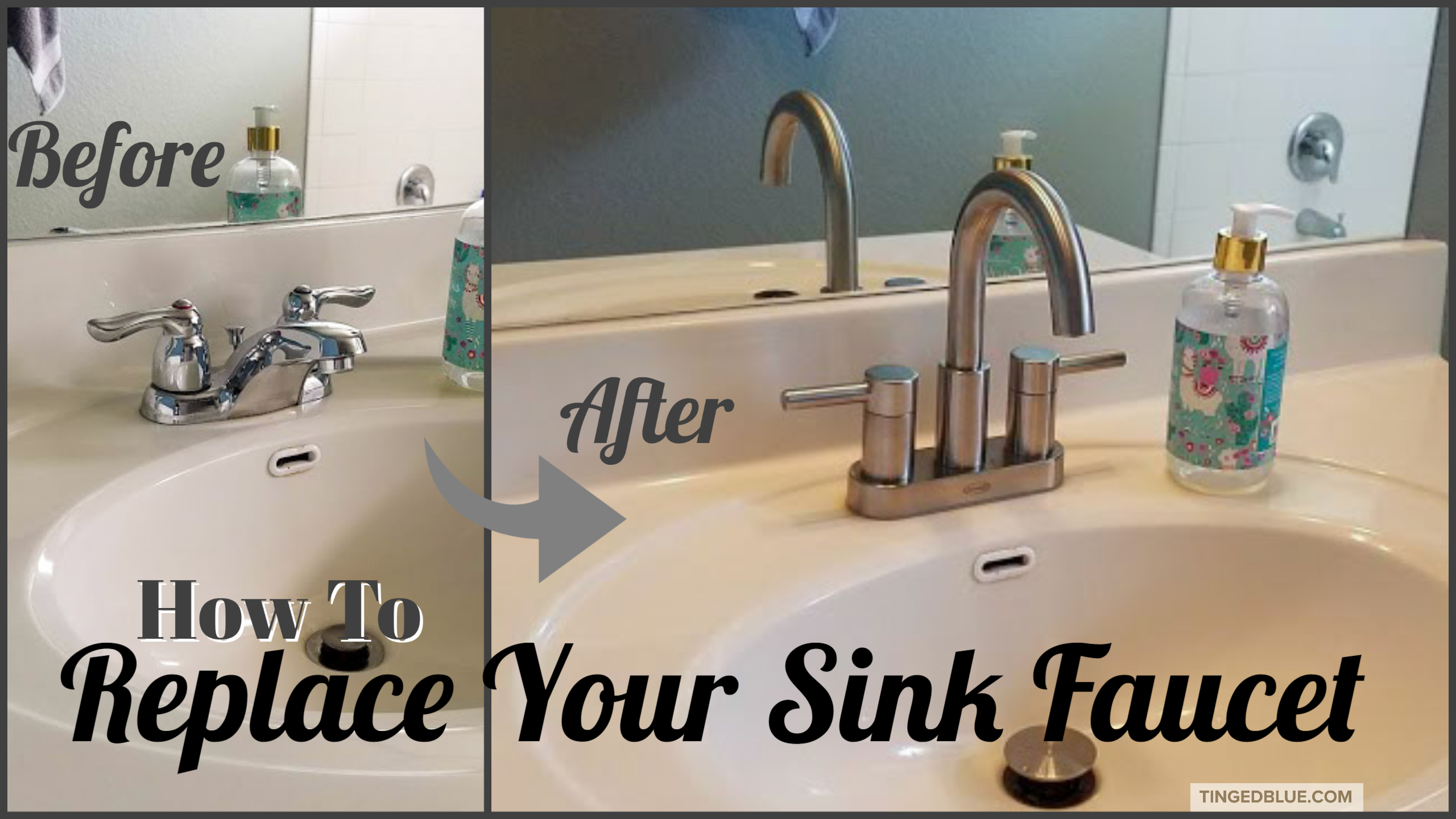 Replacing a bathroom sink faucet may seem like a daunting task, but with the right tools and equipment, it can be a simple and cost-effective DIY project. Whether you are looking to update the look of your bathroom or fixing a leaky faucet, having the right tools and equipment is crucial for a successful installation. In this article, we will discuss the essential tools and equipment needed to replace a bathroom sink faucet and provide some helpful tips to make the process easier.
Replacing a bathroom sink faucet may seem like a daunting task, but with the right tools and equipment, it can be a simple and cost-effective DIY project. Whether you are looking to update the look of your bathroom or fixing a leaky faucet, having the right tools and equipment is crucial for a successful installation. In this article, we will discuss the essential tools and equipment needed to replace a bathroom sink faucet and provide some helpful tips to make the process easier.
Adjustable Wrench
 The most crucial tool for replacing a bathroom sink faucet is an adjustable wrench. This versatile tool will be used to loosen and tighten various nuts and bolts during the installation process. It is important to have an adjustable wrench that can fit the specific size of the nuts and bolts on your faucet, as using the wrong size can cause damage to the fittings.
The most crucial tool for replacing a bathroom sink faucet is an adjustable wrench. This versatile tool will be used to loosen and tighten various nuts and bolts during the installation process. It is important to have an adjustable wrench that can fit the specific size of the nuts and bolts on your faucet, as using the wrong size can cause damage to the fittings.
Basin Wrench
 A basin wrench is another essential tool for replacing a bathroom sink faucet. It is specifically designed to reach and tighten the nuts and bolts located in tight spaces, such as behind the sink basin. This tool has a long handle and a swiveling head, making it easier to reach and work in confined spaces.
A basin wrench is another essential tool for replacing a bathroom sink faucet. It is specifically designed to reach and tighten the nuts and bolts located in tight spaces, such as behind the sink basin. This tool has a long handle and a swiveling head, making it easier to reach and work in confined spaces.
Plumber's Putty
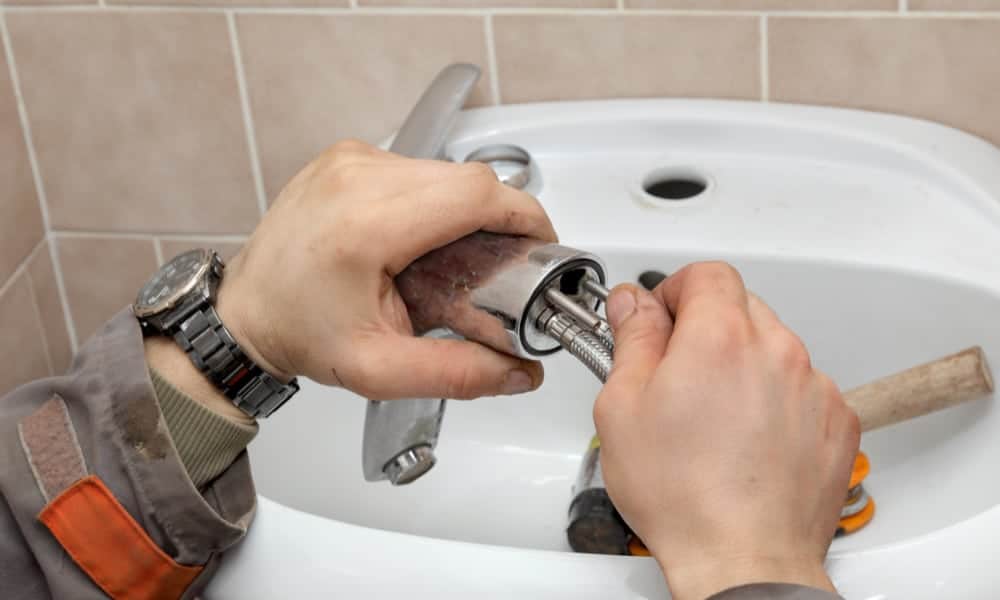 Plumber's putty is a pliable sealing compound that is used to create a watertight seal between the sink and the faucet. It is applied to the bottom of the faucet before installing it on the sink. Plumber's putty is also useful for sealing any gaps between the sink and the countertop, preventing water from leaking into the cabinet below.
Plumber's putty is a pliable sealing compound that is used to create a watertight seal between the sink and the faucet. It is applied to the bottom of the faucet before installing it on the sink. Plumber's putty is also useful for sealing any gaps between the sink and the countertop, preventing water from leaking into the cabinet below.
Screwdriver
 A screwdriver is another essential tool for replacing a bathroom sink faucet. It is used to tighten screws and other small fittings during the installation process. It is important to have both a flathead and a Phillips head screwdriver, as some faucets may have different types of screws.
A screwdriver is another essential tool for replacing a bathroom sink faucet. It is used to tighten screws and other small fittings during the installation process. It is important to have both a flathead and a Phillips head screwdriver, as some faucets may have different types of screws.
Teflon Tape
 Teflon tape, also known as plumber's tape, is a thin white tape that is used to create a watertight seal on threaded connections. It is wrapped around the threads of the faucet and other fittings to prevent leaks. Teflon tape is an inexpensive tool that can save you a lot of hassle in the long run.
Teflon tape, also known as plumber's tape, is a thin white tape that is used to create a watertight seal on threaded connections. It is wrapped around the threads of the faucet and other fittings to prevent leaks. Teflon tape is an inexpensive tool that can save you a lot of hassle in the long run.
Conclusion
 Having the right tools and equipment is essential for a successful bathroom sink faucet replacement. These tools will not only make the installation process easier but also ensure that the faucet is installed correctly and without any leaks. By investing in these essential tools, you can save yourself time and money on hiring a professional and have a beautifully functioning faucet in your bathroom.
Having the right tools and equipment is essential for a successful bathroom sink faucet replacement. These tools will not only make the installation process easier but also ensure that the faucet is installed correctly and without any leaks. By investing in these essential tools, you can save yourself time and money on hiring a professional and have a beautifully functioning faucet in your bathroom.






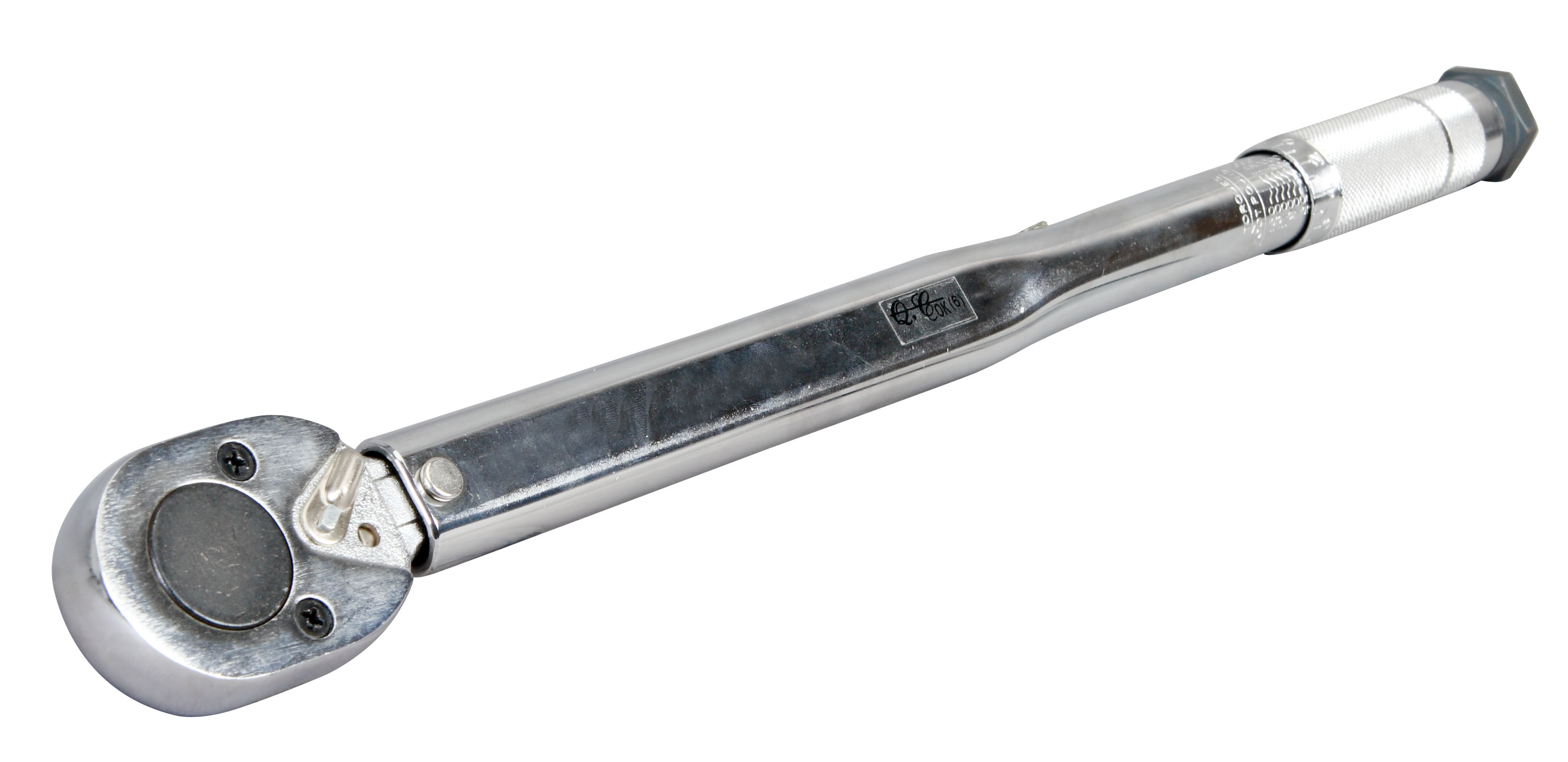























/screwdriver-flat-56a056d65f9b58eba4aff0cf.jpg)



















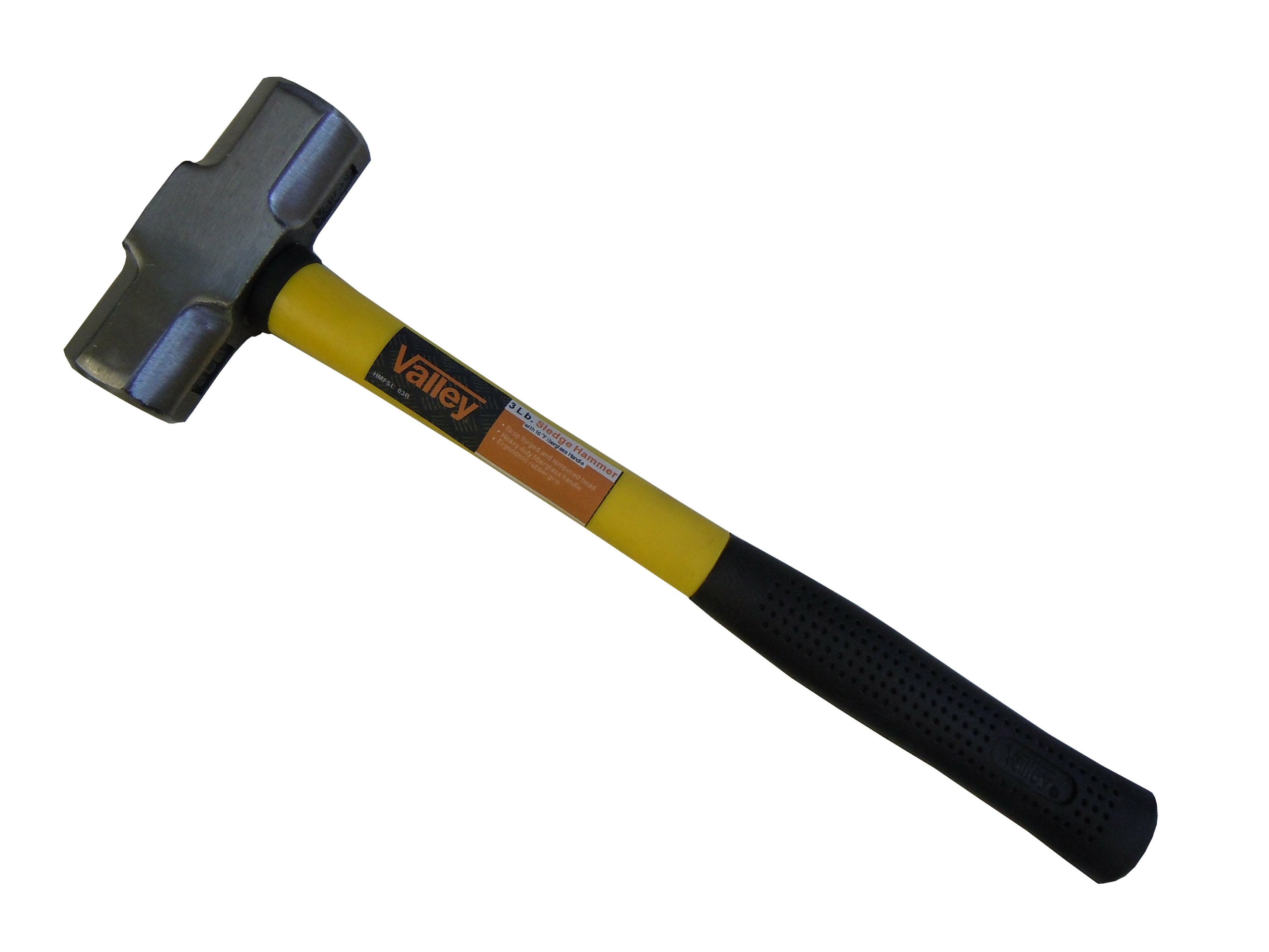






/182836729-56a49f253df78cf772834e2d.jpg)
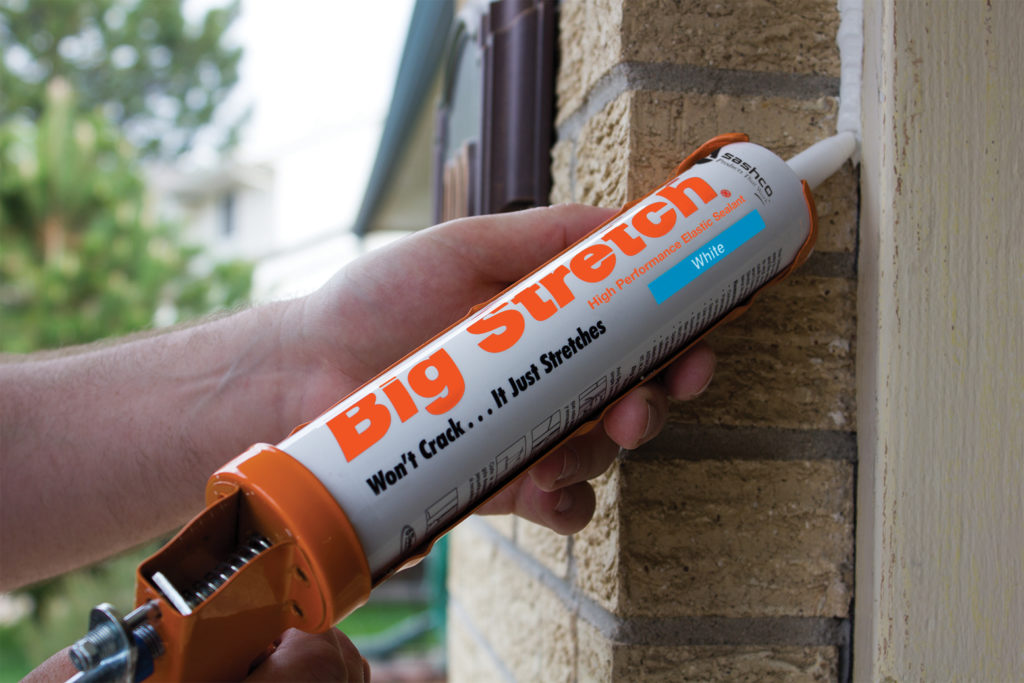
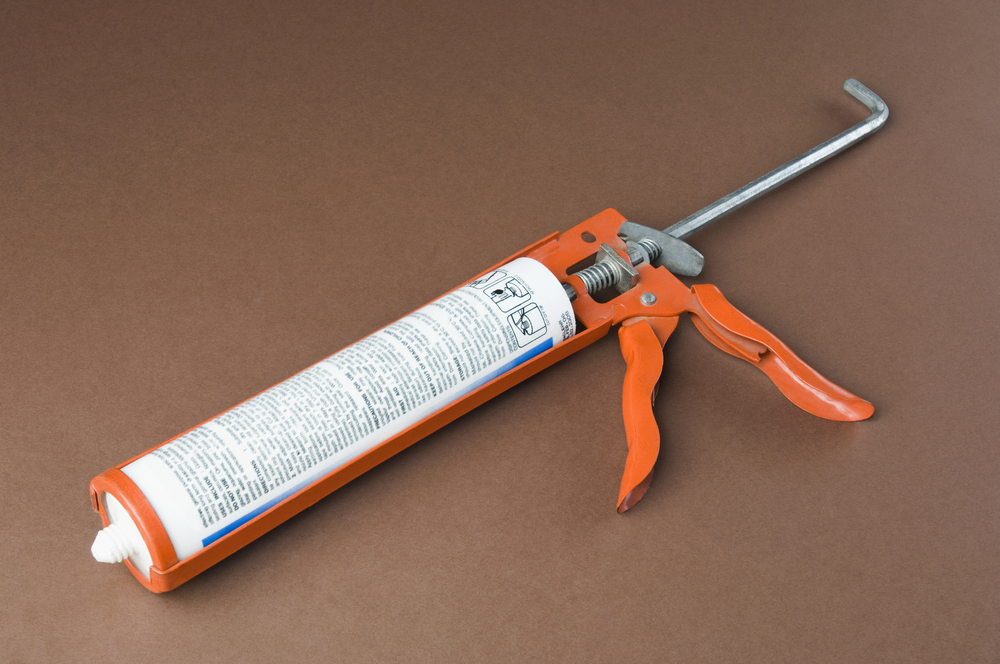

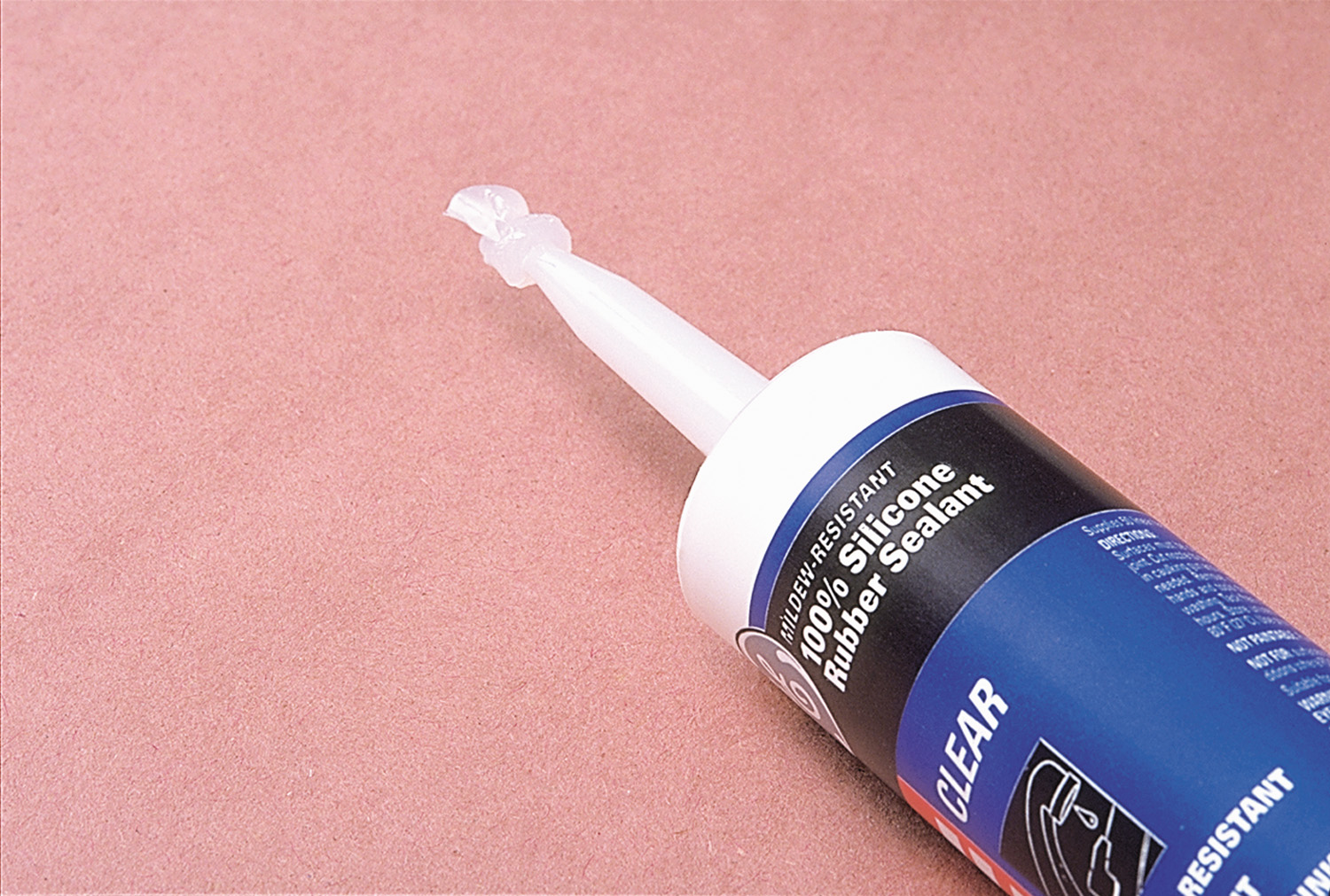






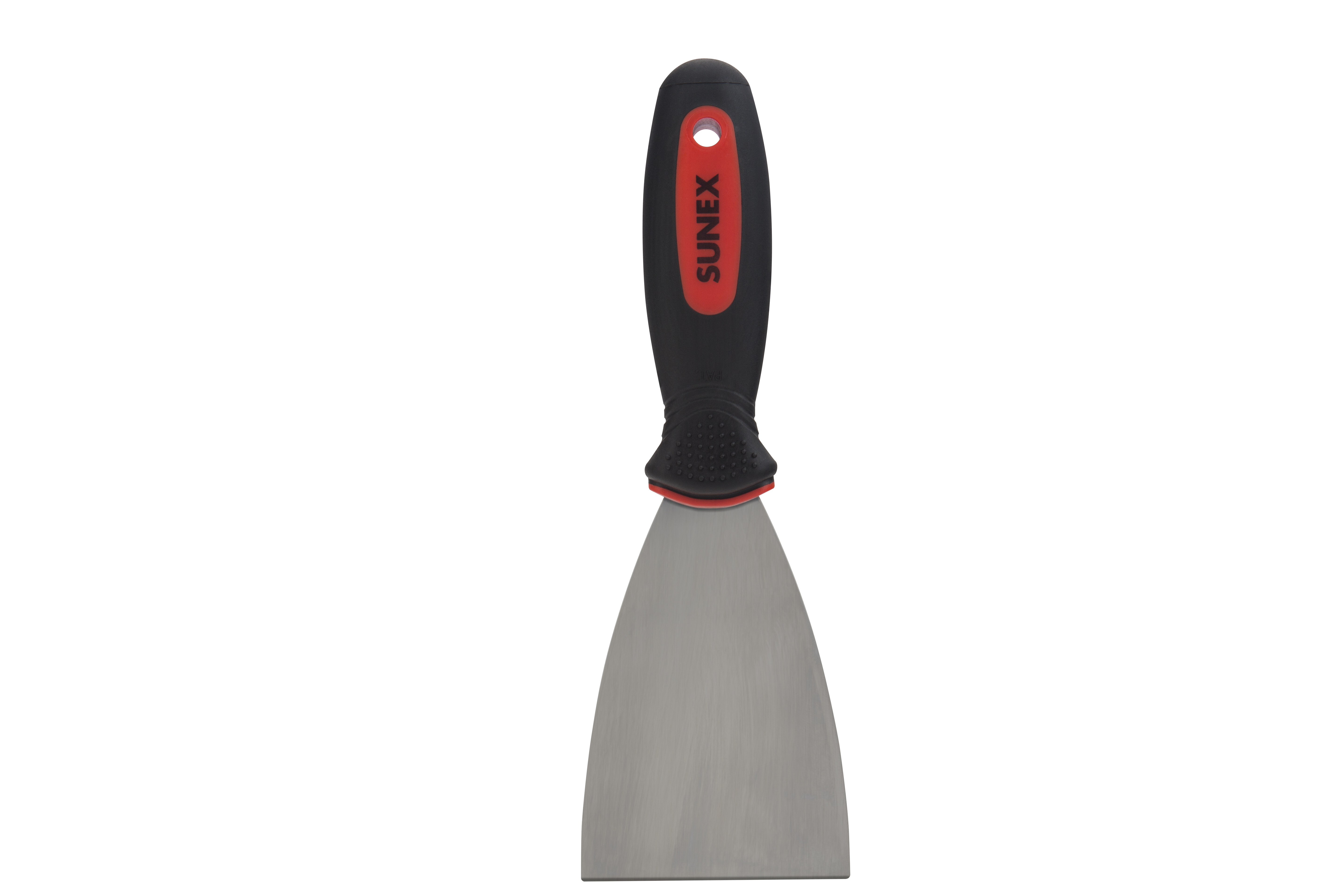


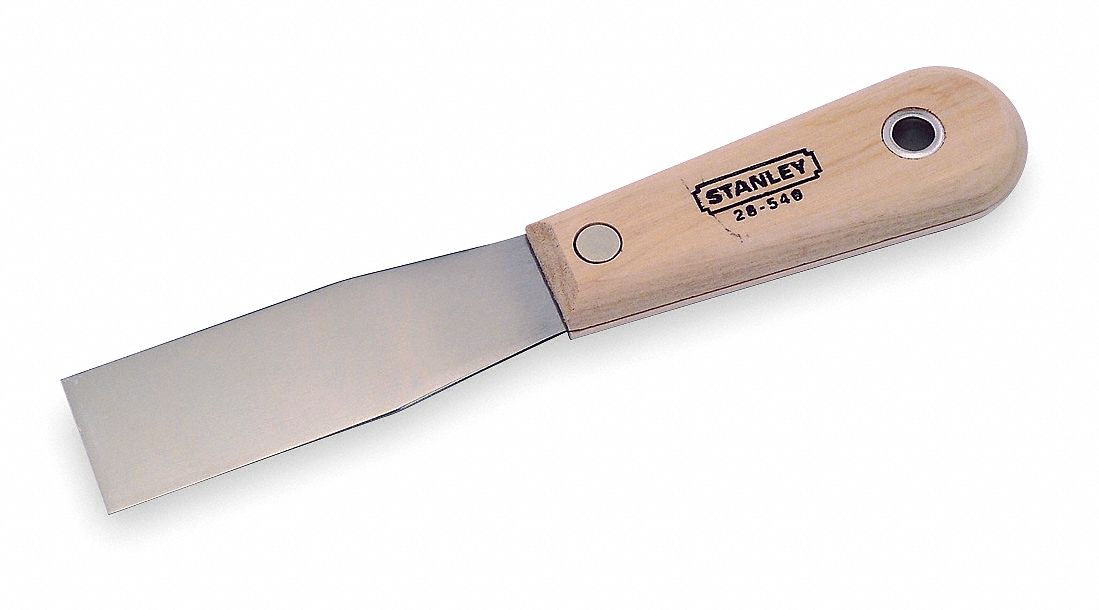


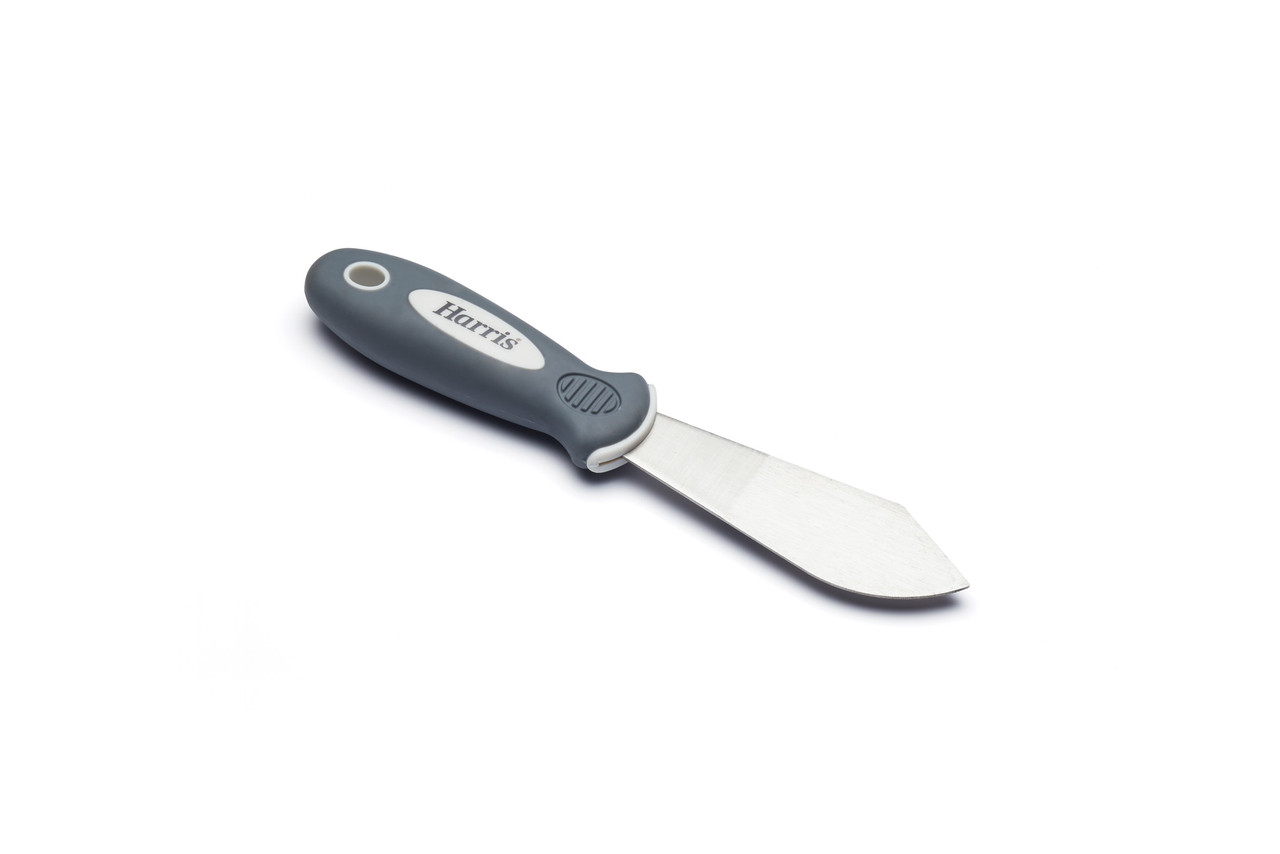



:max_bytes(150000):strip_icc()/basin-wrench-58fa35c55f9b581d59cb6d7b.jpg)


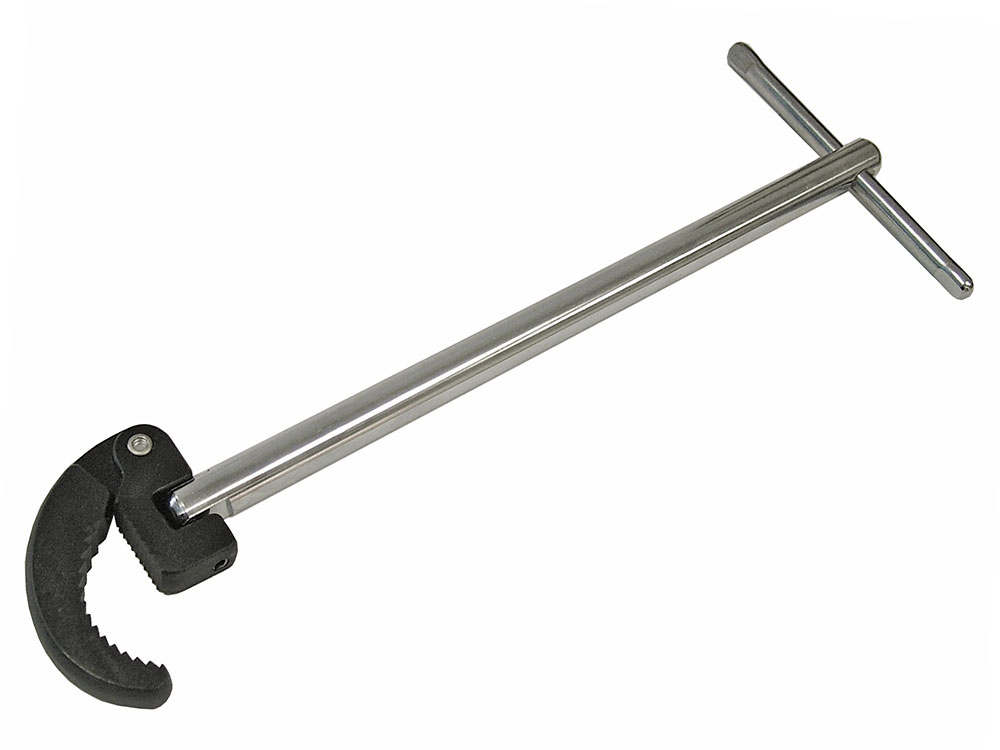





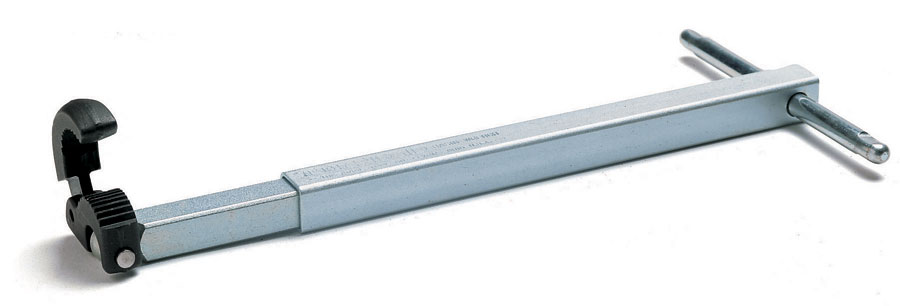














/GettyImages-820942214-59e3784122fa3a00100c4791.jpg)
/plumbers-tape-5be200b8c9e77c0051219505.jpg)

/how-to-use-teflon-tape-2718712-01-f8352818b07a45078e1ca8a5d620ba0e.jpg)

